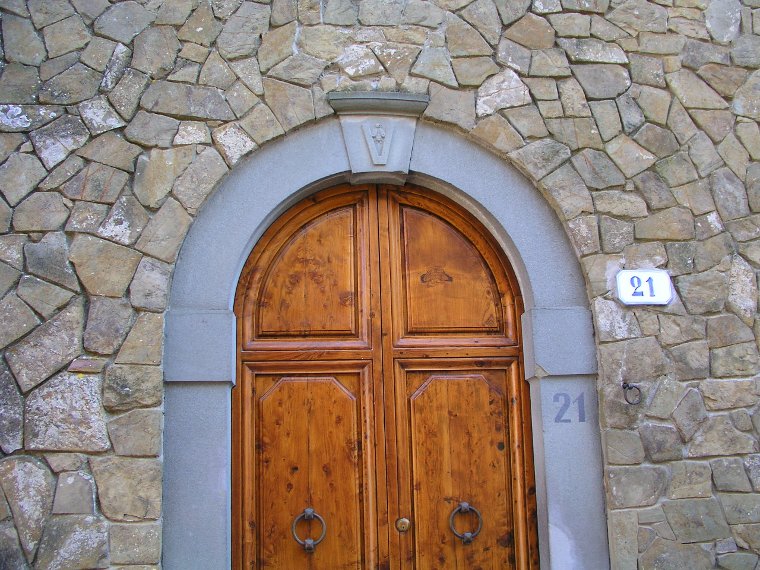I have to admit that finding out about the origin and meaning of the name Vespucci is something that has been at the back of my mind since the beginning of this PhD. Apparently the name derives from the Italian word vespa, wasp, and in all probability it was originally linked to the name of the Roman emperor Vespasiano. According to some historians (Baldini, Arciniegas) the early Vespucci were variously called Dolcebene, Bonamico, etc. In 1309 a document was signed by a man called Vespino de Vespinello de Vespuccia and from then on the family was identified with the name Vespucci. They became the ‘wasps’ of Florence as wasps characterized the family coat of arms: golden wasps on a blue stripe placed on a red background.
Variations can be found in the family coat of arms. For instance in 1428 Alfonso of Aragon King of Sicily, a close friend of one of the Vespucci, authorized the family to add at the top of their shield a golden vase with three white roses. Both versions have been found carved in stone outside Florentine palaces.
A third example stands above the entrance of the Vespucci house in Montefioralle. Here a V (for Vespucci) and a wasp are represented next to each other.


